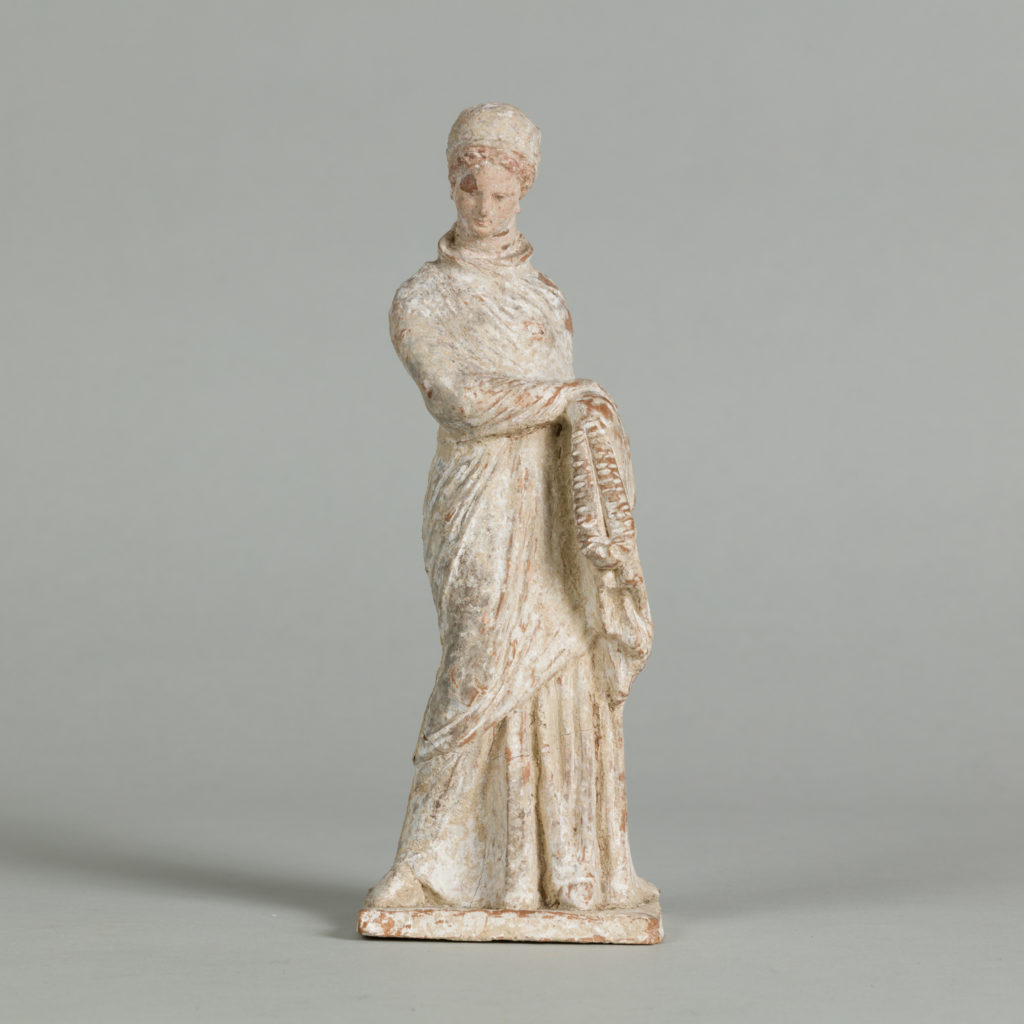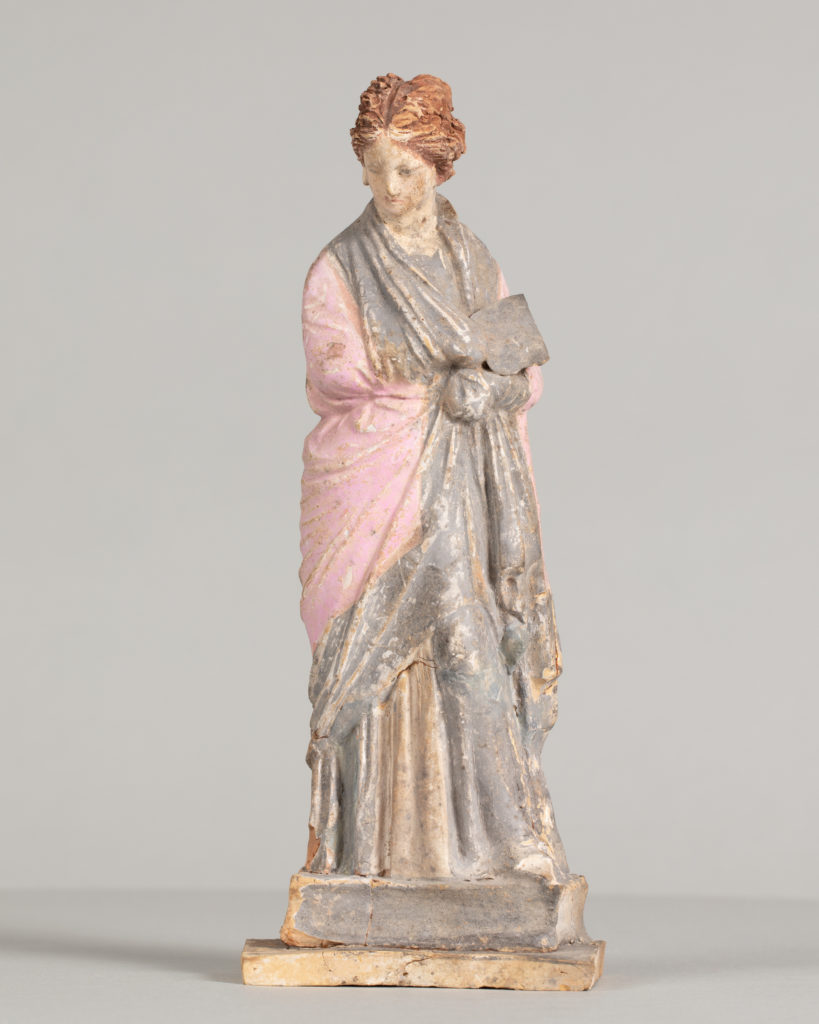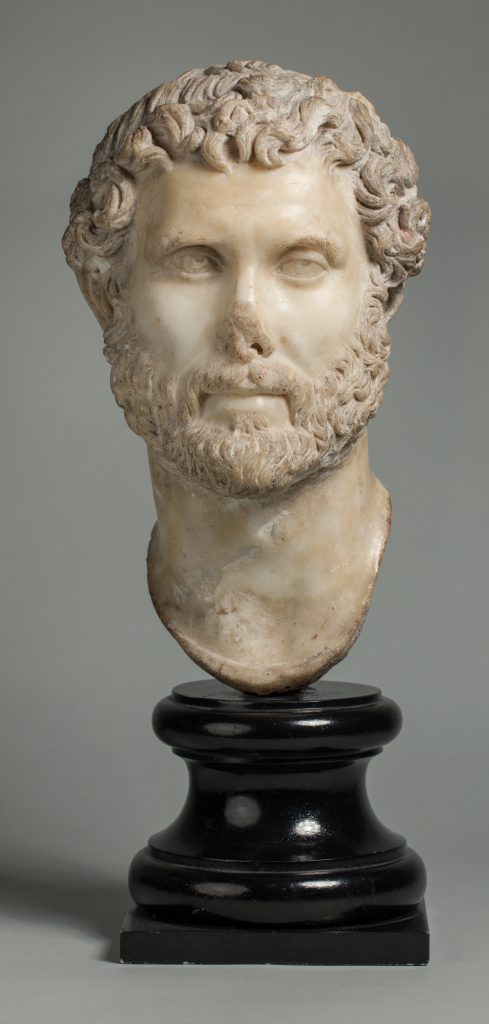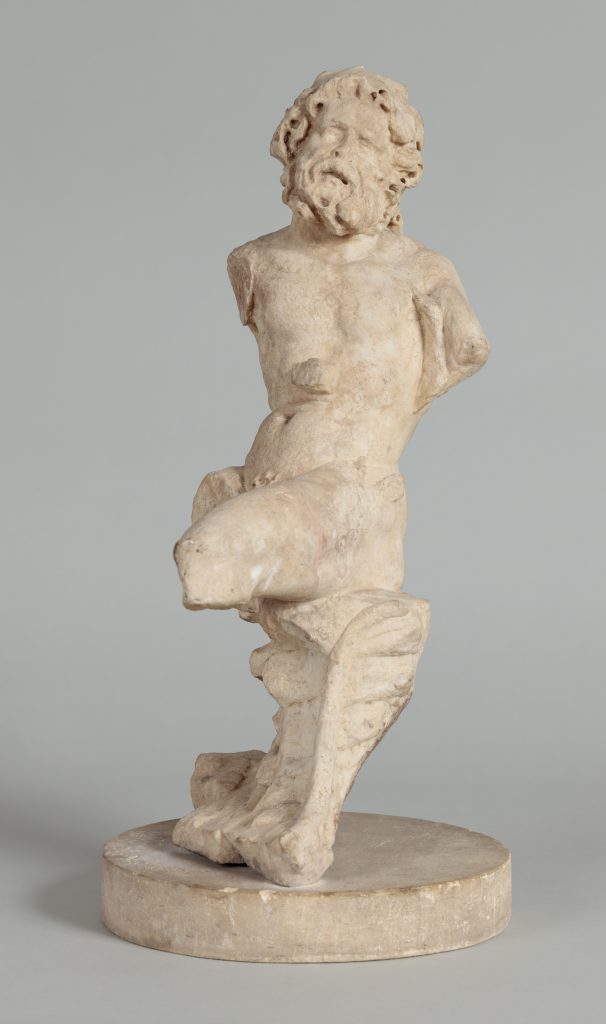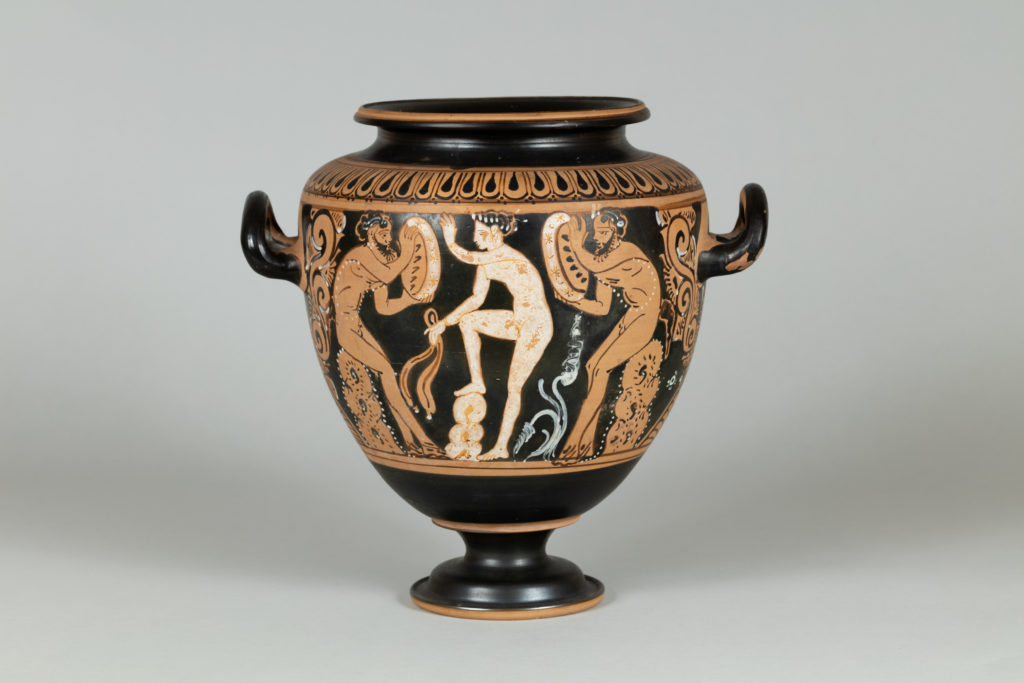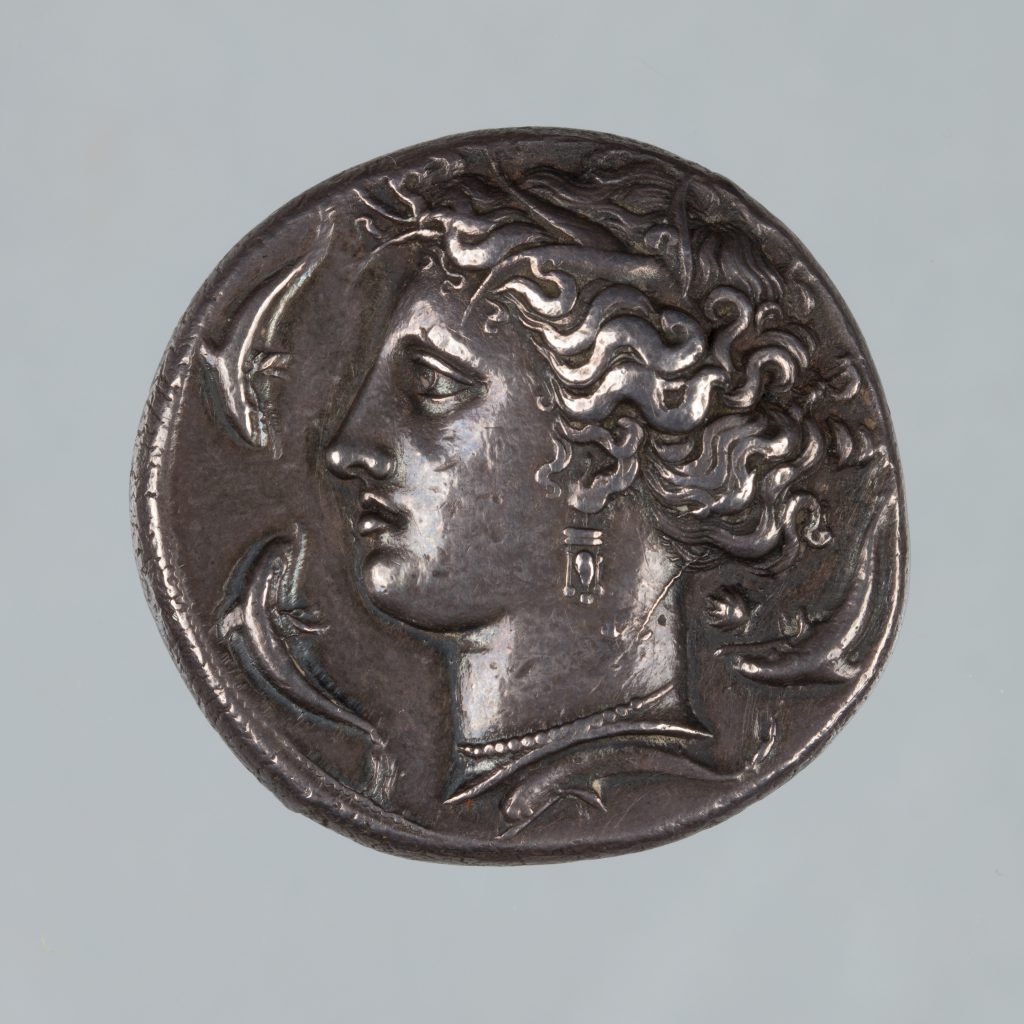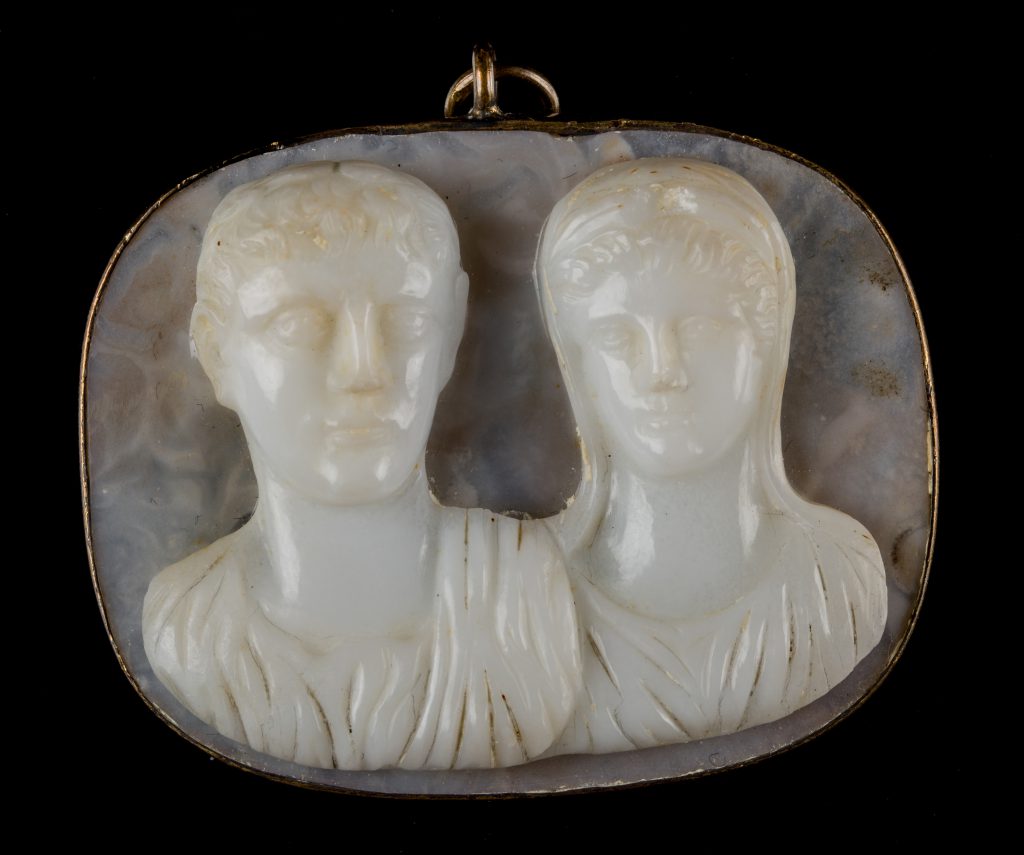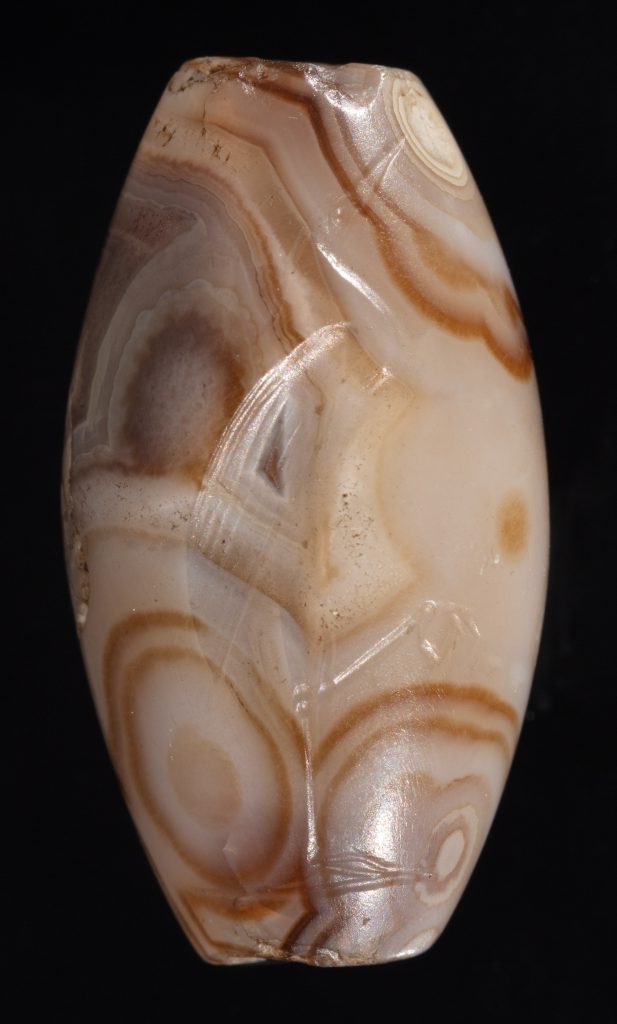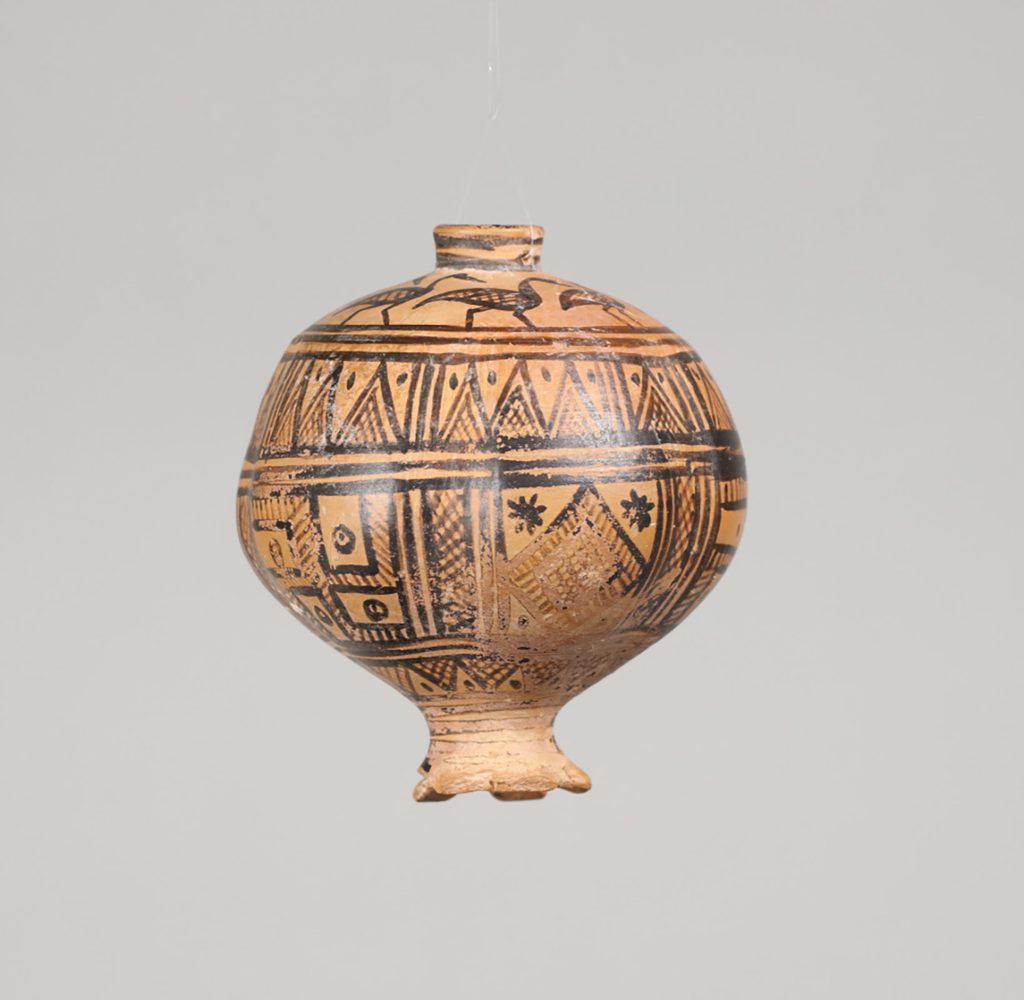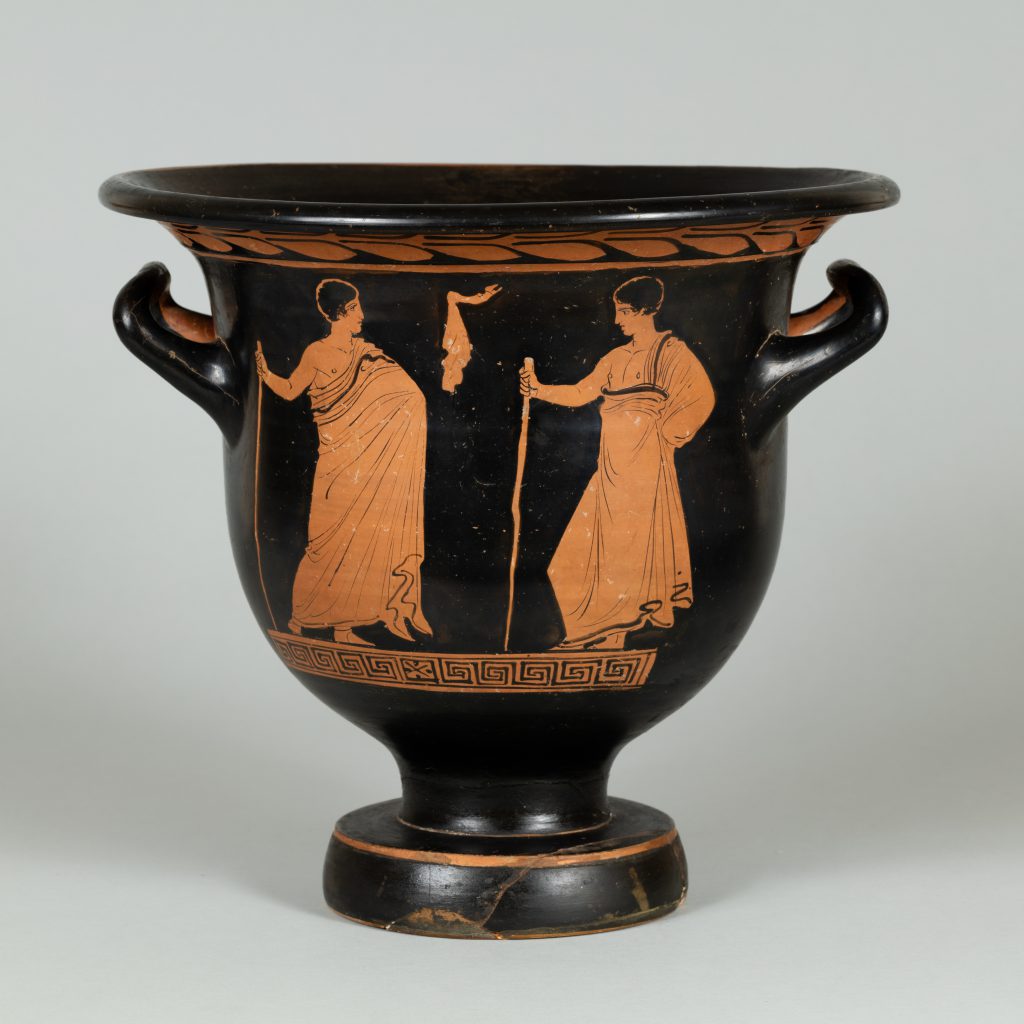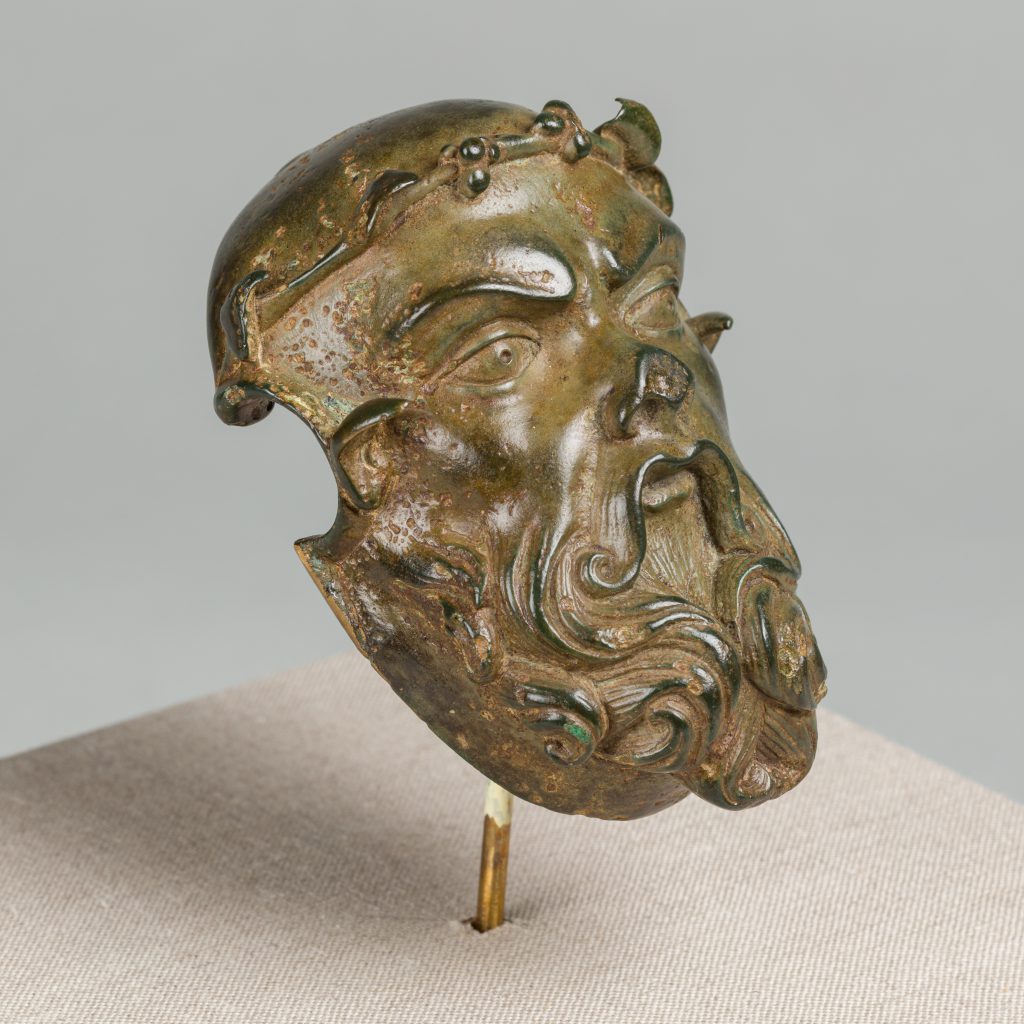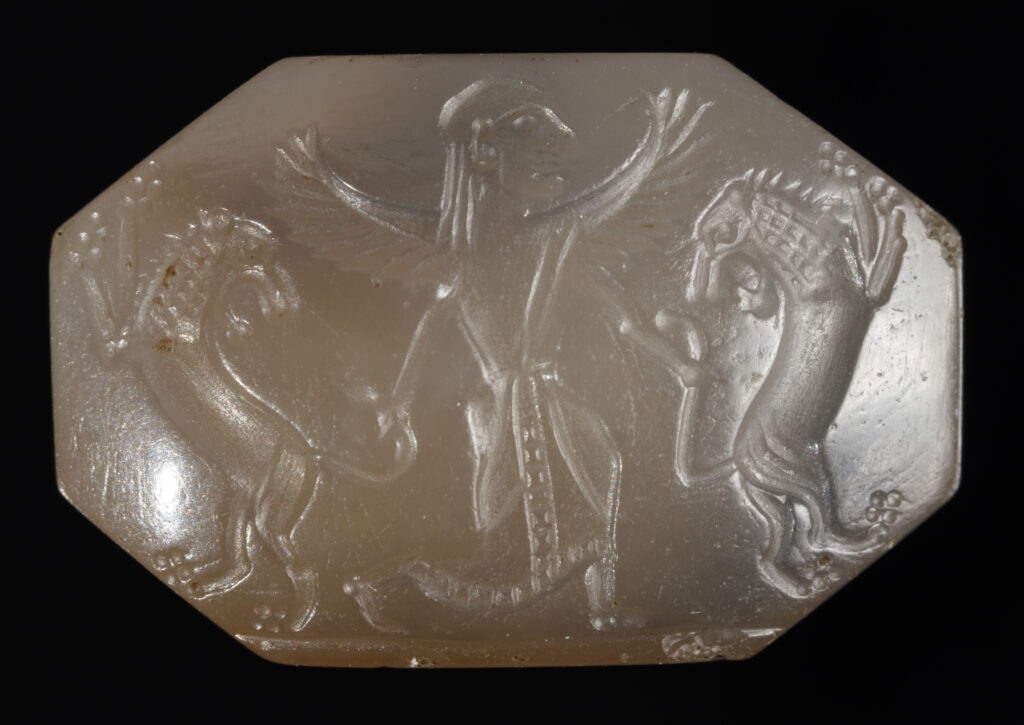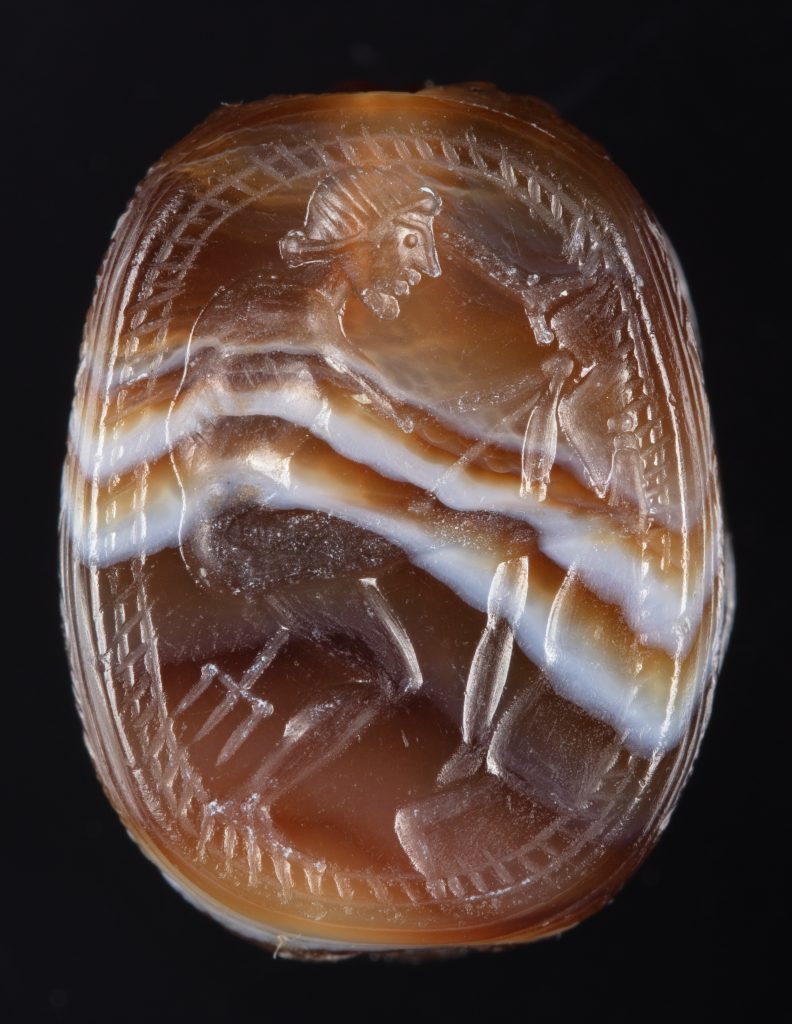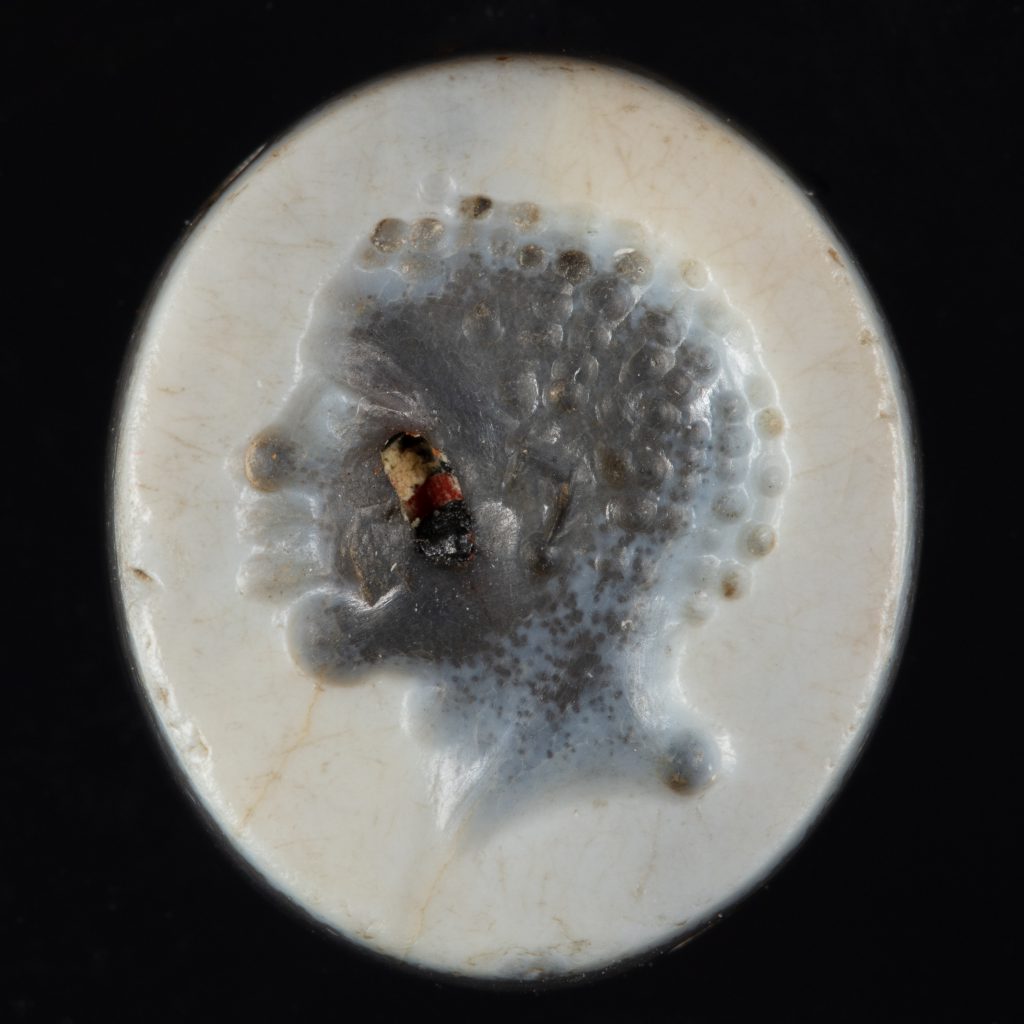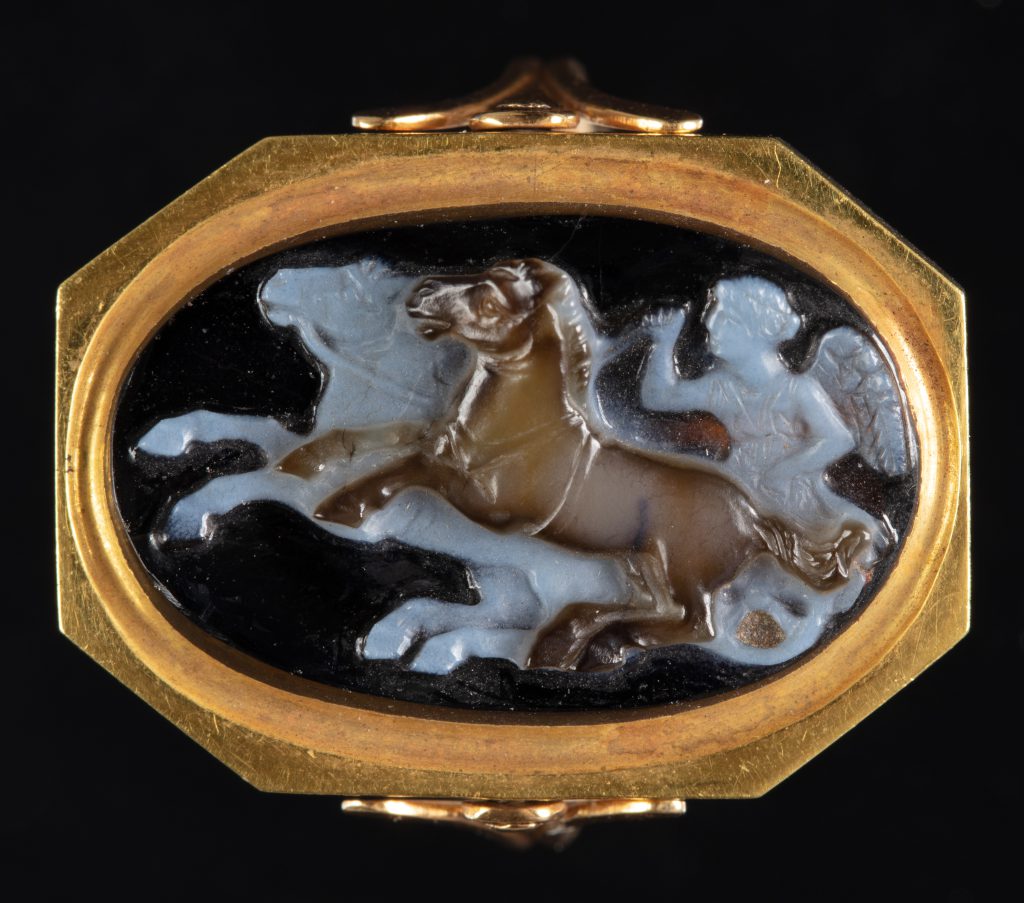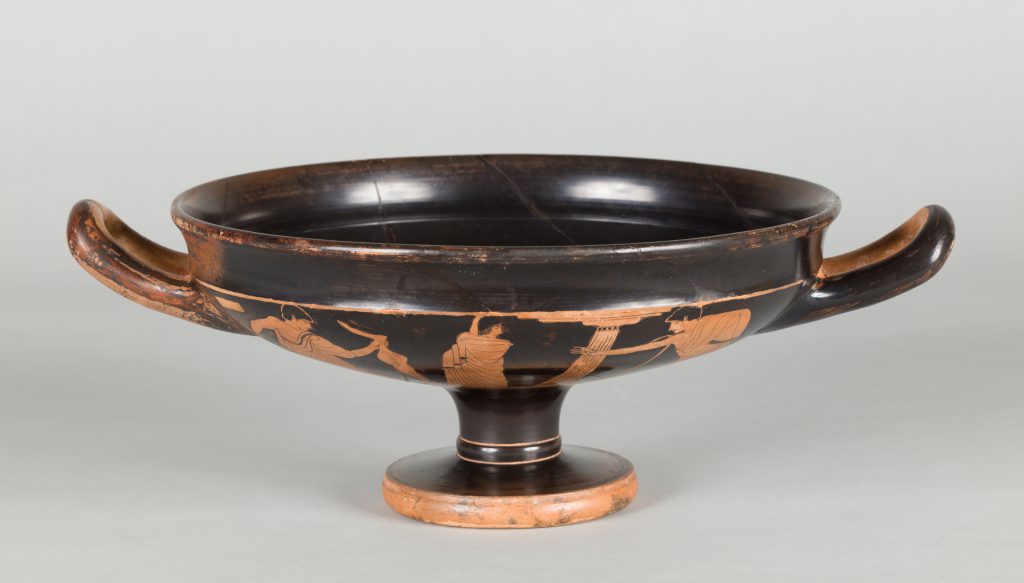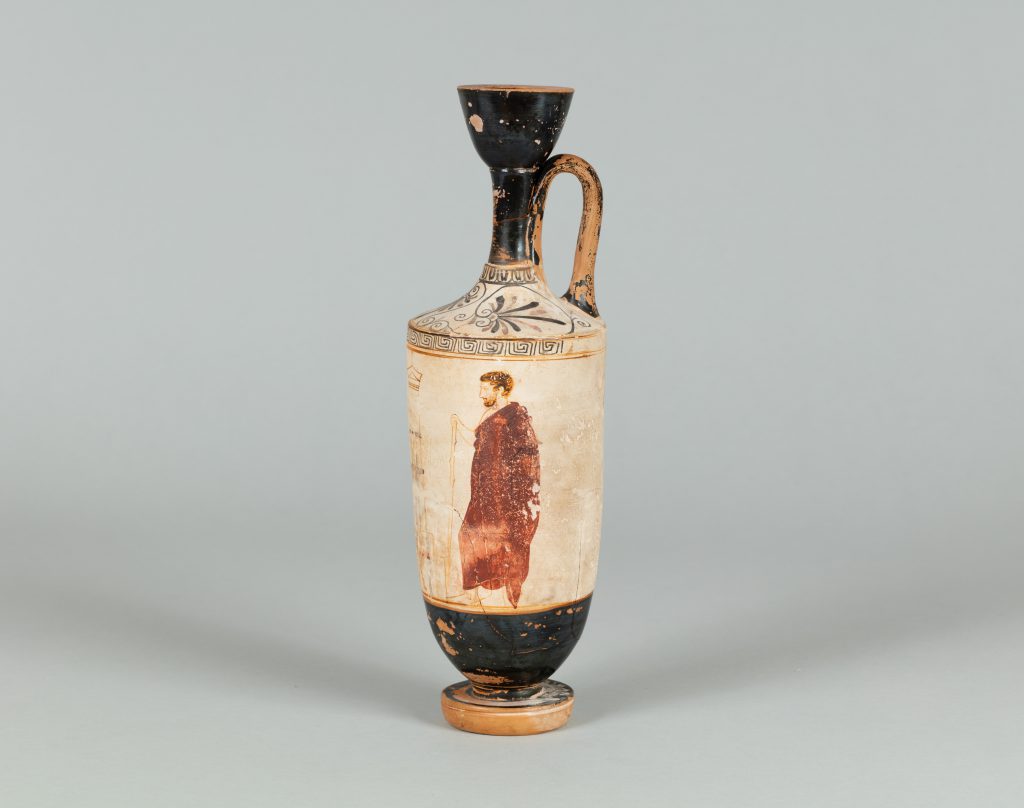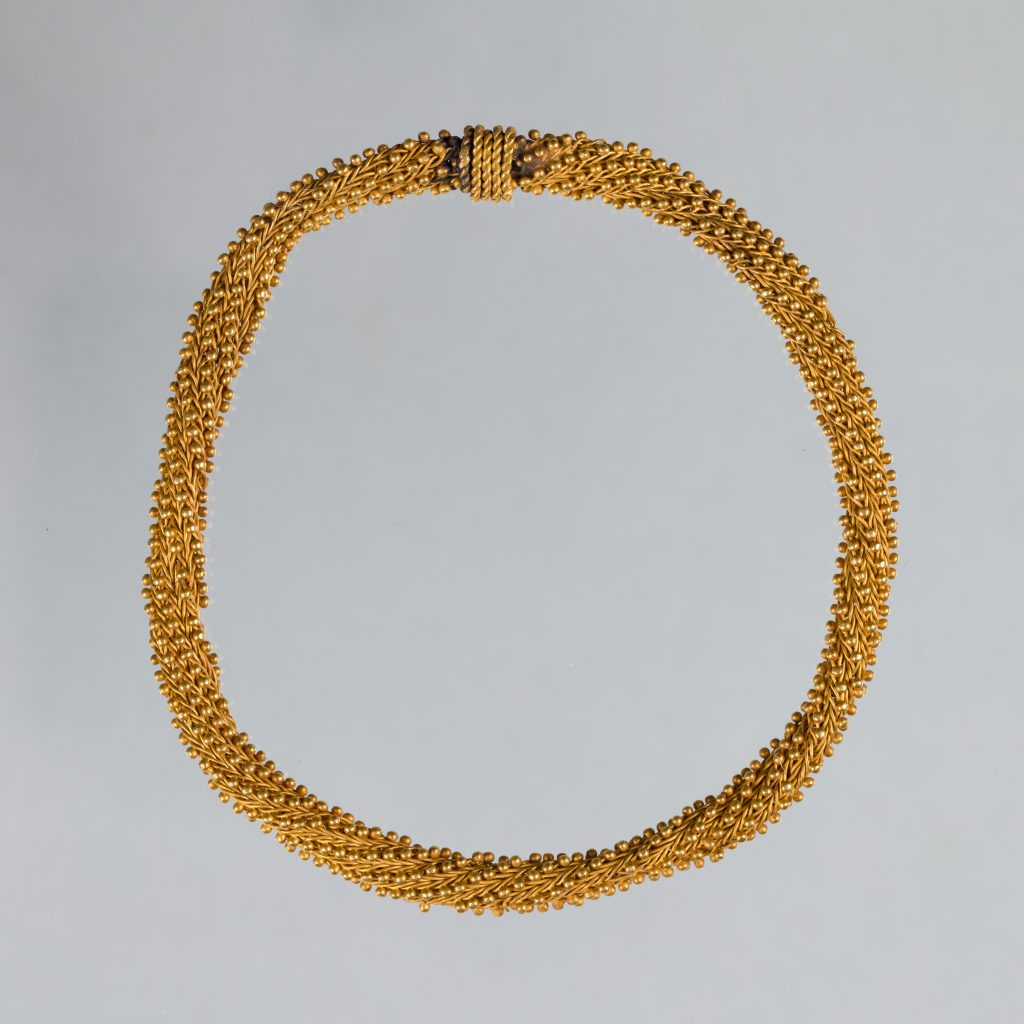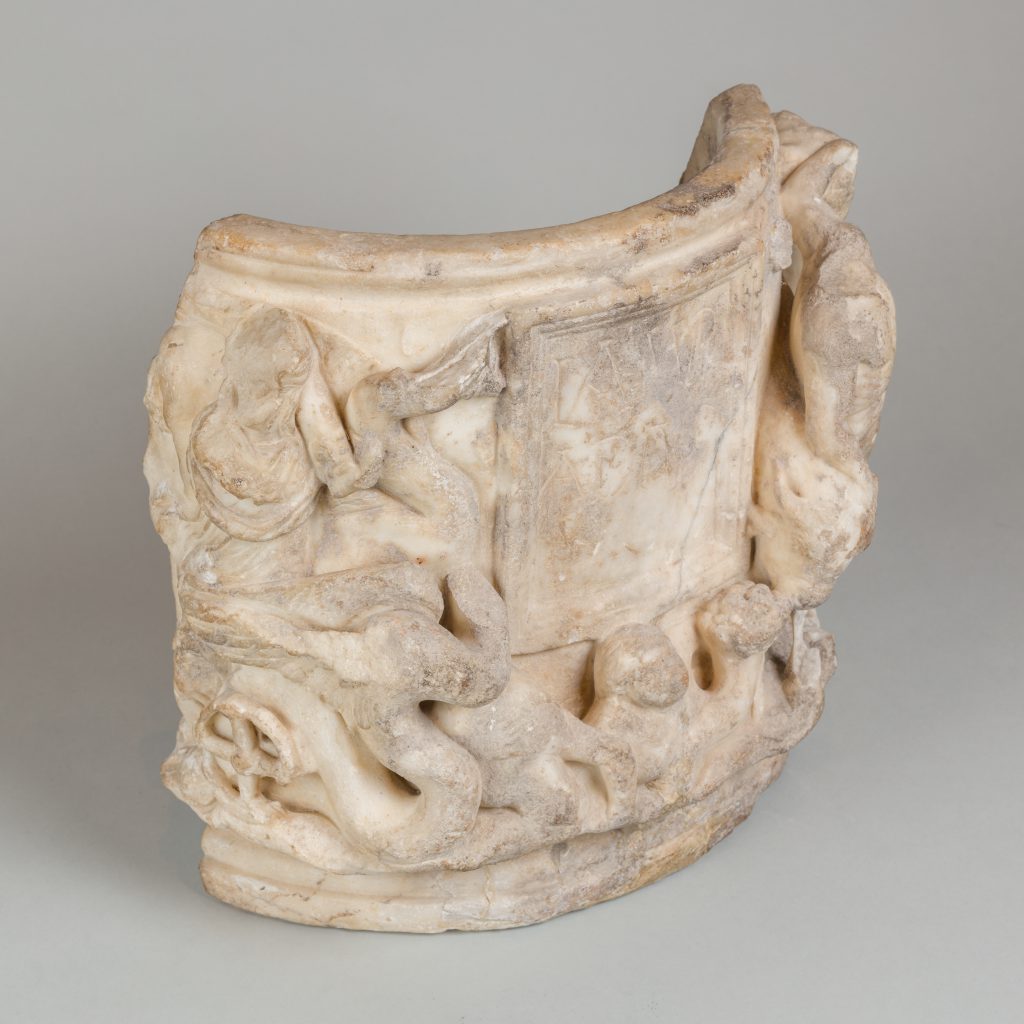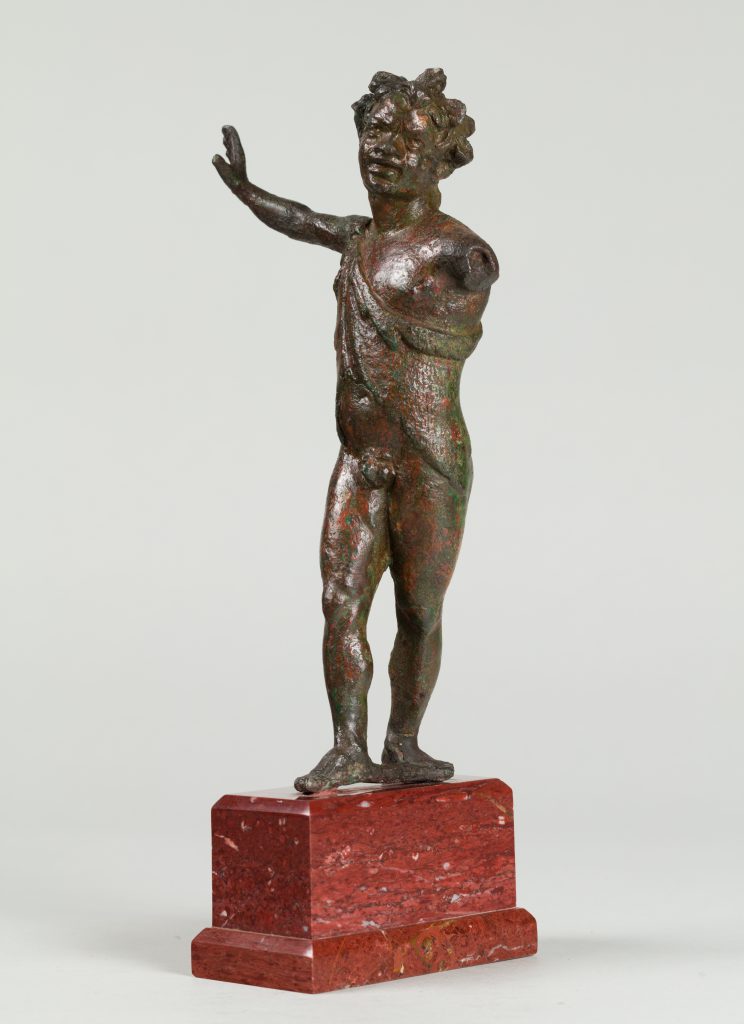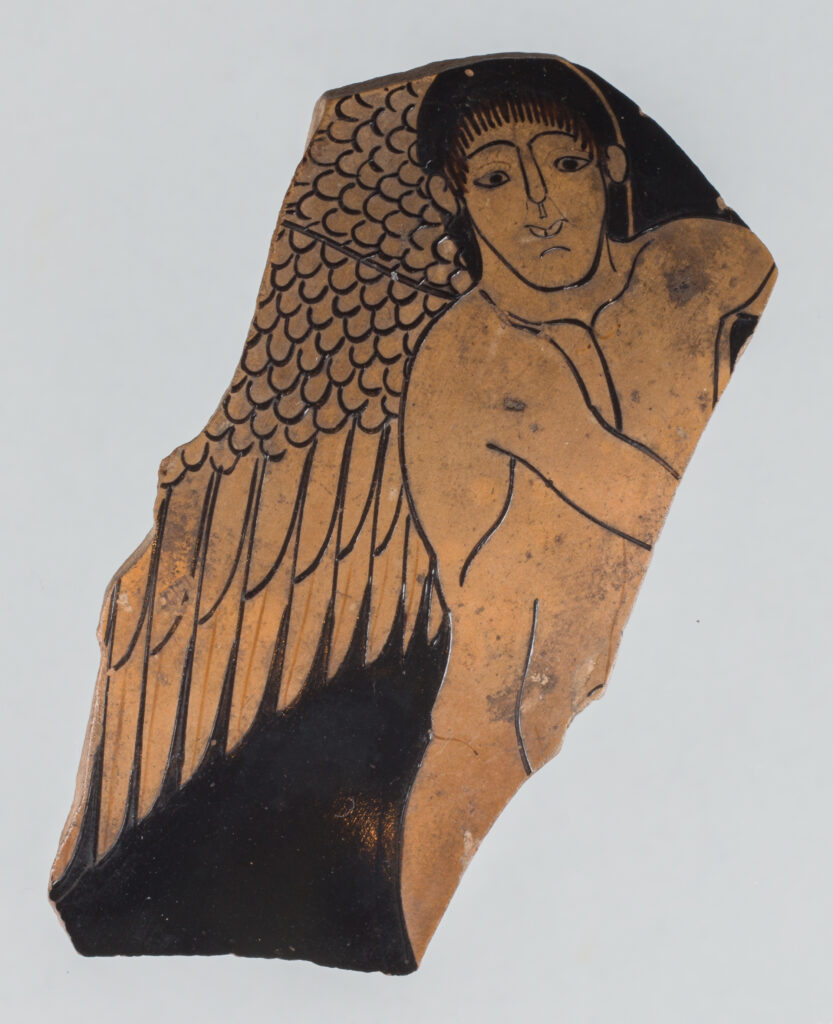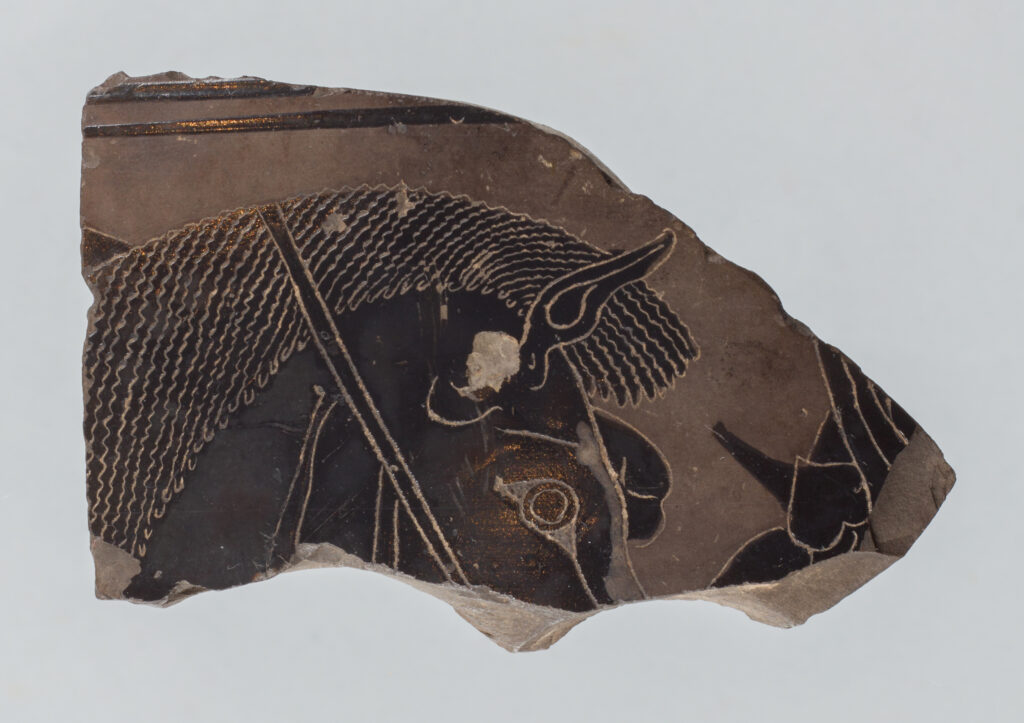A testament to his impact as an influential twentieth-century American antiquities collector, Edward Perry Warren’s (1860–1928, H ’26) name is linked to hundreds of ancient objects housed in institutions across the United States, including more than five hundred works at the Bowdoin College Museum of Art alone. Aware of the dearth of antiquities on American soil—and equipped with purchasing power by means of his family’s wealth derived from the S.D. Warren Paper Mill in Westbrook, Maine—Warren set out to do, as he put it, “the work most needed of all works, supplying eventually the terrible gap that exists on this new continent, the absence of that which delights the eye and rests the soul.” In a 1915 letter to Professor Henry Johnson (1855–1918), then director of the Museum of Art at Bowdoin, Warren underscored the importance of object-based learning and teaching, declaring that students “must have specimens at hand.” Warren’s donations to the BCMA ultimately form a representative collection of objects from the ancient Mediterranean world, namely terracotta vases, statuary, jewelry and other luxury arts, figurines, ephemera, coins, and fragments.
Edward Perry Warren
- Active
- 1906–1930
- Collecting
- Mediterranean vessels, marble sculpture, gems and cameos, and bronze and terracotta figures

Hydria (water container) with the abduction of Oreithyia by Boreas
Attributed to the Niobid Painter
ca. 460–450 BCE
1908.3
Panel amphora (wine vessel)
Attributed to the Painter of Berlin 1686, ca. 550–530 BCE
ca. 550–530 BCE
1915.44
